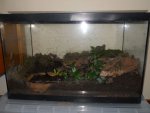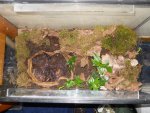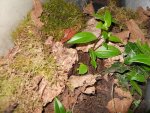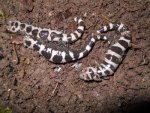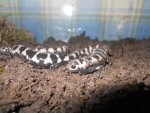evut
Active member
- Joined
- Apr 24, 2009
- Messages
- 979
- Reaction score
- 50
- Points
- 28
- Location
- Hertfordshire, England
- Country
- Czech_Republic
- Display Name
- Eva
I fished her out today and she seemed more pear-shaped so I think it was just food. They have quite large earthworms in the vivarium so she may have caught one of them.
I will will keep an eye on her and take her out to see what she's like in a couple of days again. Hopefully she's ok.
I will will keep an eye on her and take her out to see what she's like in a couple of days again. Hopefully she's ok.
Last edited:

